Because of the magnitude of impact they had on MMO fans, these in-game events in MMO history are indisputably imprinted into the memories of gamers.
Because each MMO exists in its own environment, it’s natural for each player’s MMORPG experience to change based on the game they try to play. However, while most MMOs become micro-universes with their own stories and metagame experiences, some MMOs transcend their identity as “just a game” and spill over into the real world.
In fact, several occurrences in the MMO world have so shaken some players’ lives that they have become iconic phenomenon, with some even making headlines. Which classic instances are carved in the annals of gaming history forever for MMO players looking for occurrences deemed a legendary aspect of MMORPG history?
Leeroy Jenkins (World Of Warcraft)
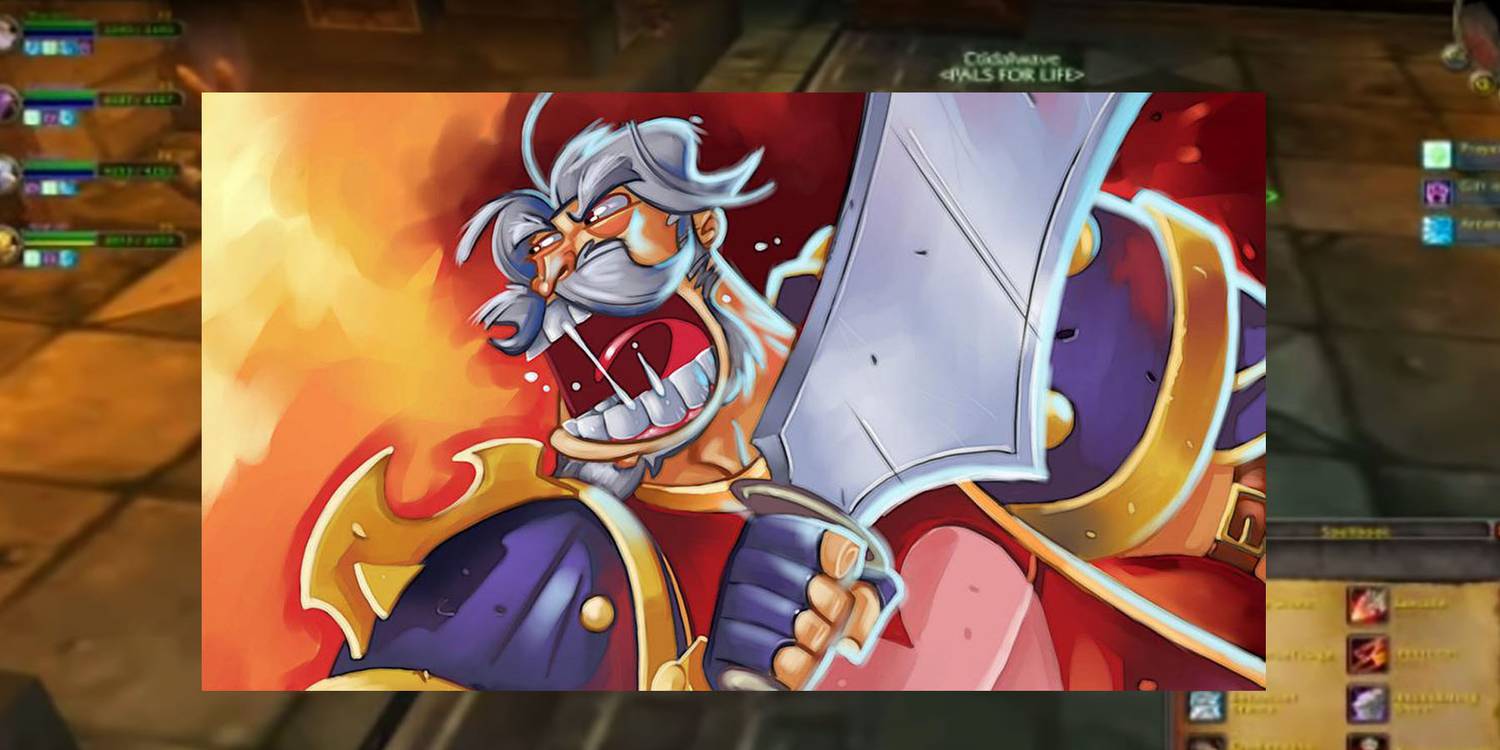
With barely a year under its belt when it launched in 2005, World of Warcraft is still fresh in the minds of players for its more rigorous approach to player growth and active raiding scene. Because there were no wikis or manuals back then, gamers had to spend time planning combat formations and strategies. So when Ben Schulz, player of “Leeroy Jenkins,” went AFK to cook a platter of chicken, he missed a lot of preparation from his “Pals for Life” guildmates. Ben, being the explorer, simply screamed his character’s name as a battlecry and dashed into the instance. Everyone else was shook to the core, forgot about everything else, and followed suit.
The original video, titled Leeroy!!, was published to Warcraftmovies, a World of Warcraft-focused film-sharing site, in 2005 and has since become a meme. The joke got so famous that Ben Schulz was invited to BlizzCon in 2007, and an NPC named Leeroy Jenkins was
The Assassination Of Lord British (Ultima Online)
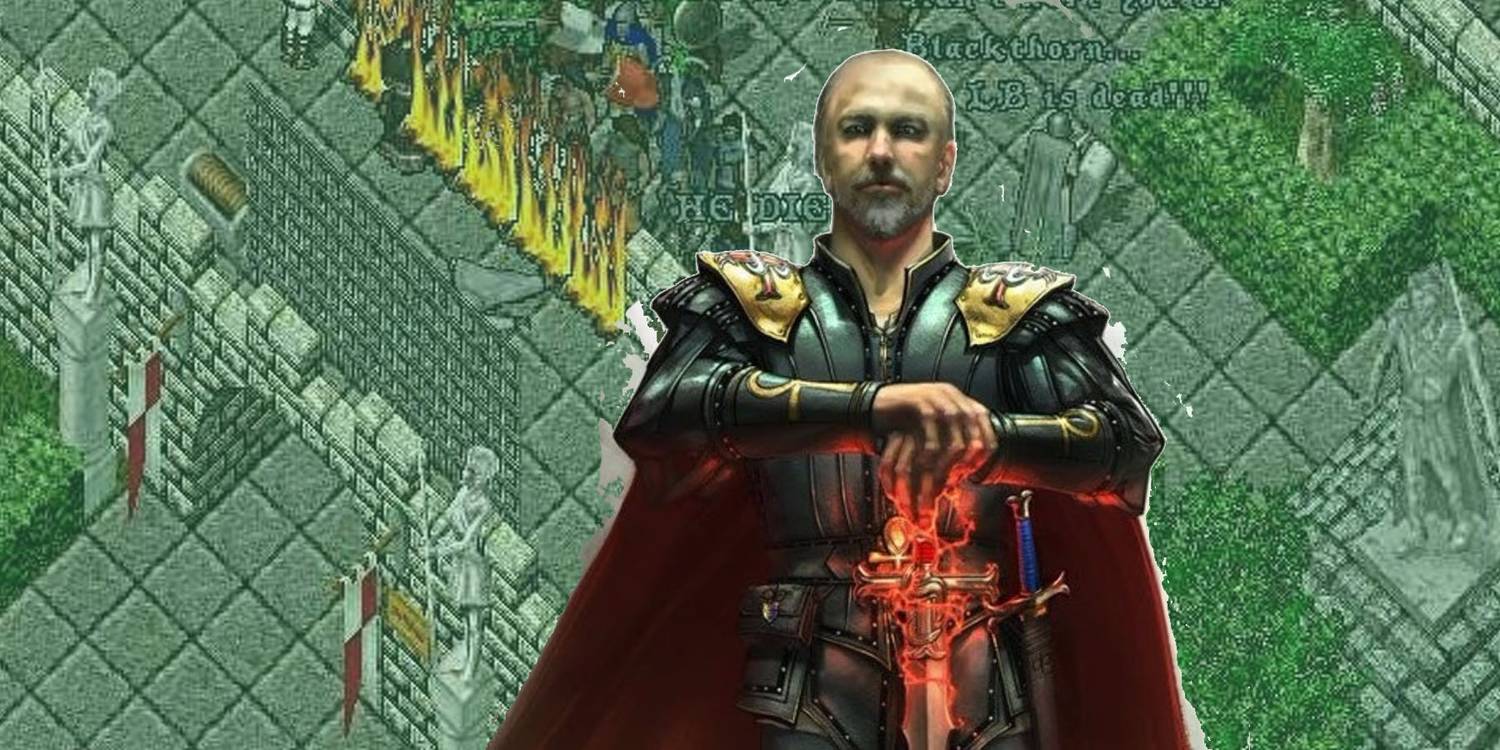
While many believe EverQuest to be the forefather of modern MMOs, Ultima Online is most likely the genre’s grandpa. Ultima Online, which was characterised as a totally open world where players may engage in adventures, was a breath of fresh air for gamers who were previously trapped inside typical fantasy worlds. Given the impact Ultima Online had on the landscape, it was only natural for the game’s inventor, Richard Garriott, to be dubbed the “grandfather of MMOs.”
He was heavily involved in the development and play of Ultima Online, with his character Lord Cantabrigian British ruling the in-game realm of Sosaria. His main job in the series is to help the player characters from his throne in Castle Britannia, which he never leaves except for story purposes. In Ultima Online, he’s described as “nigh-invincible,” with the “nigh” found only after player character Rainz defeated Lord British during UO’s beta test in 1997. Although this was primarily due to human error (Garriott forgetting to set his invulnerability tag), the event had such an impact on the current world that it inspired the “Lord British Postulate,” which states that if something exists as a living creature in an MMORPG, someone will always try to kill it.
The Destruction Of Eorzea (Final Fantasy 14)
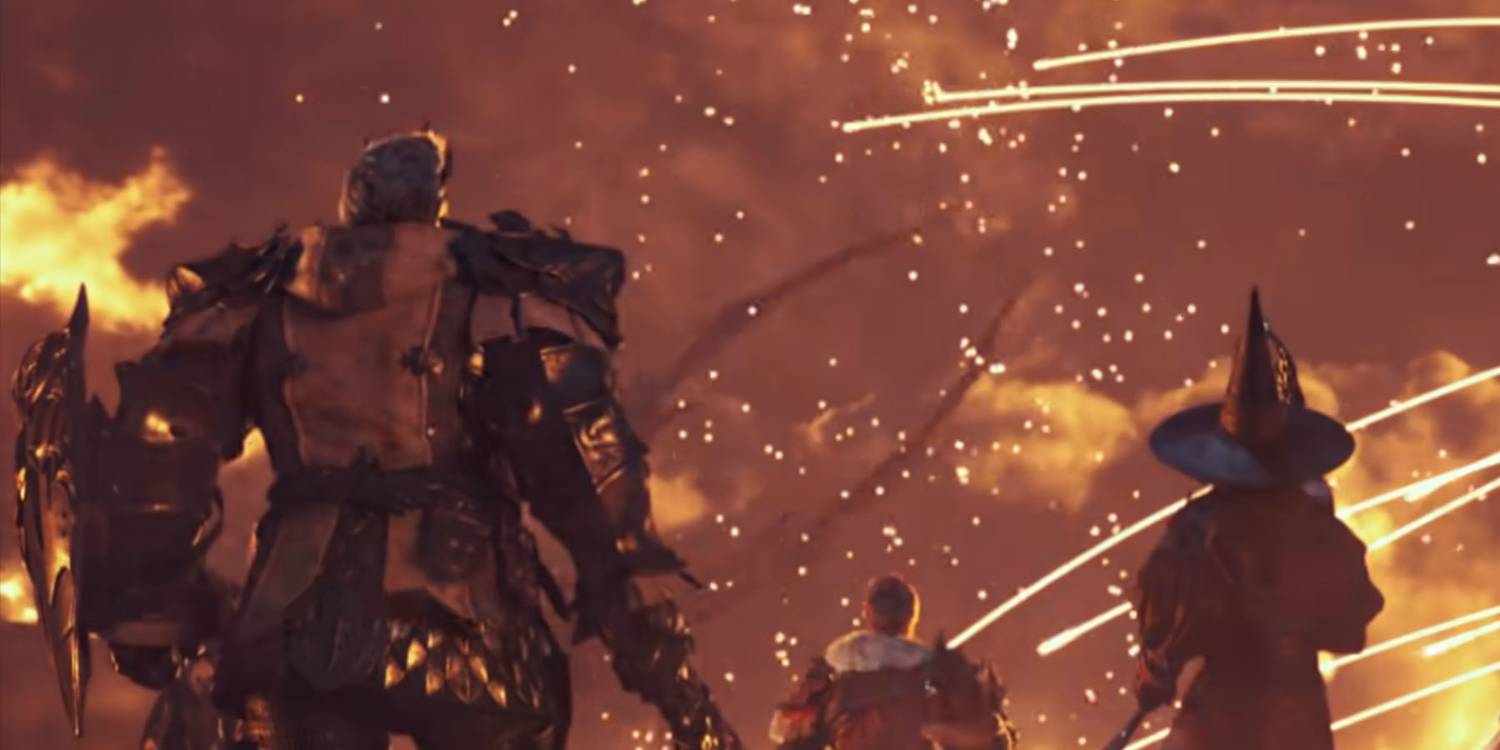
Fans of Final Fantasy will recall Final Fantasy 14 as one of the most terrible video game releases in history. Because of the problems and gameplay errors that hampered the MMO’s playability, Square Enix not only issued a public apology, but also cleansed the entire game and relaunched it as A Realm Reborn. In retrospect, this was a wise decision, as Final Fantasy 14 is still one of the most popular MMOs of all time. What made this shutdown even more astounding was not simply how Square Enix was able to turn things around. Rather, it’s how the developers made the shutdown into a gaming event.
When it became clear that a full reboot was the only way to fix the game’s fundamental problems, new director Naoki Yoshida opted to develop the “Seventh Umbral Era” storyline as a method to officially “cap” the current tale and prepare the way for a reset. The planet’s second moon, Dalamud, was expected to collide with the planet in a world-ending impact event in this event. While the players manage to elicit the intervention of the game’s deities known as the Twelve, the moon is revealed to be a prison for Bahamut, the most powerful elder primordial. In a last-ditch attempt to save the planet, players of any Class are transferred into the future to a time when Eorzea has recovered from the tragedy.
The Bloodbath Of B-R5RB (EVE Online)
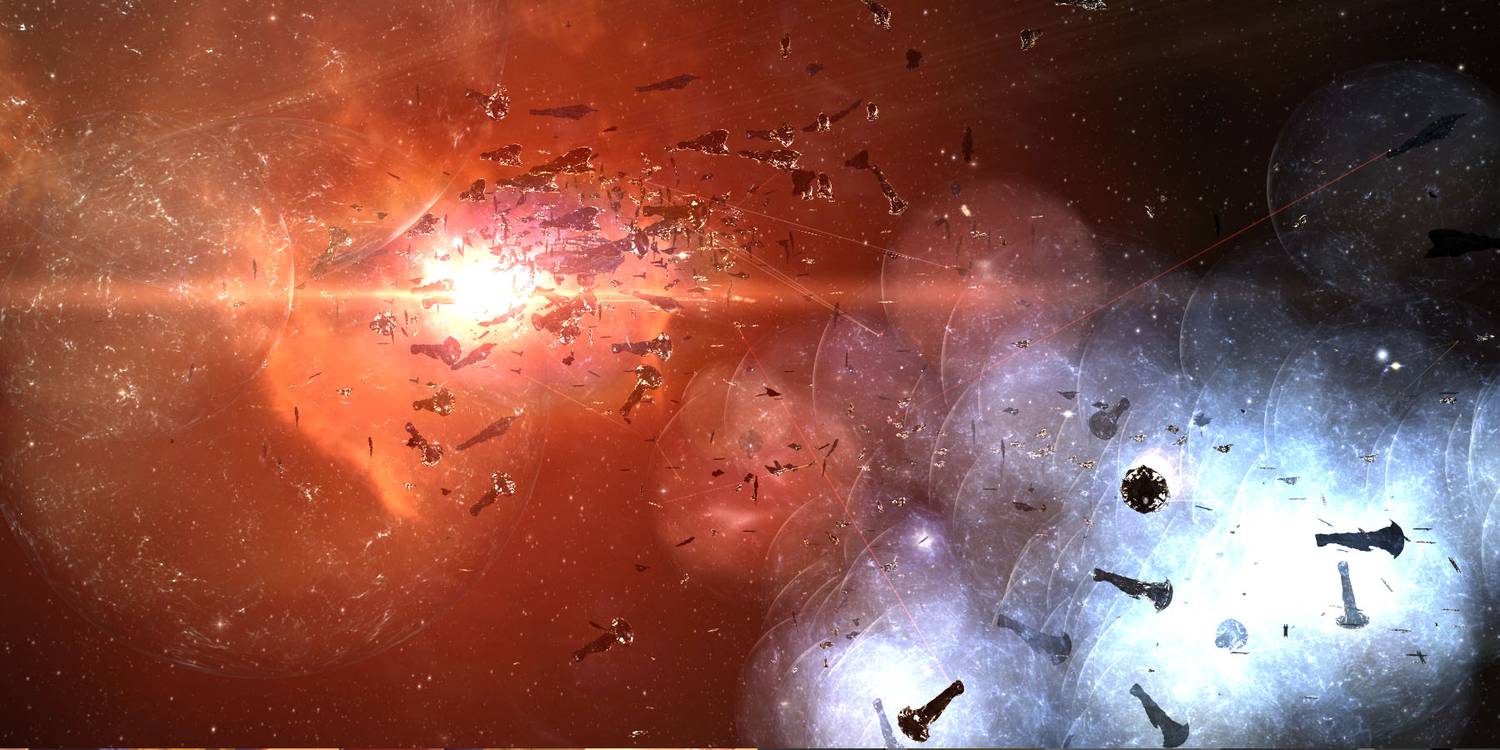
EVE Online, in comparison to other sci-fi MMOs such as Phantasy Star Online and Star Wars: Knights of the Old Republic, provides a more realistic glimpse into the far future of galactic travel: lots and lots of screens. EVE Online players can go mad with unending mining, hunting, and pillaging, and even programming bots to perform the job, thanks to the hiring of economist Eyjo Gumundsson to oversee the development of the in-game market, and with almost little intervention from programmers CCP. However, perhaps more infamous about the MMO is its freeform structure, which allows users to do practically anything to earn money, even hiring in-game assassins to perform the job.
Such was the case with the Bloodbath of B-R5RB, which was regarded at the time as the largest PVP war in gaming history. Back in 2014, the N3 Coalition and Pandemic Legion alliance fought the opposing Clusterfuck Coalition for 21 hours, accruing roughly 11 trillion in damages, which theoretically could total around USD 300,000. The dispute appears to have started when a player failed to make a scheduled maintenance payment, leaving a N3/PL-controlled satellite in the B-R5RB zone vulnerable to capture. This incident had such a huge influence that it was detailed in the game’s fan-made historical compendium, Empires of EVE: A History of the Great Wars of EVE Online, which also collated a number of the game’s greater wars.
The Destruction Of The Shard (Asheron’s Call)
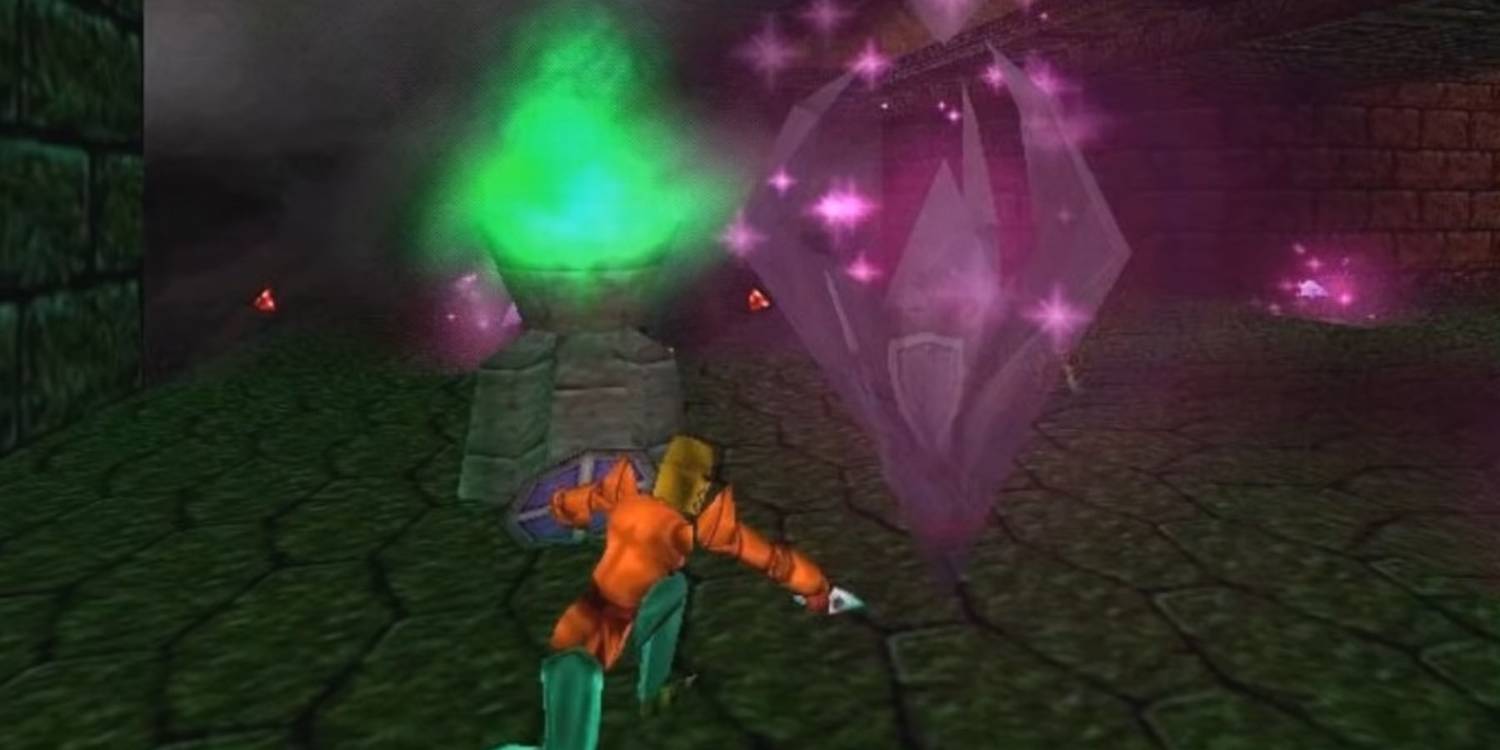
Despite being a very standard fantasy MMO, Asheron’s Call was the third major MMORPG to hit the market in 1999. Set in multiple worlds, the magician Asheron has summoned adventurers to Dereth in order to preserve the universe, with monthly updates bringing not only bug fixes but also actual progress in the game’s expanding tale. Such was the case with the Shard of the Herald, a crystal with far greater significance than the players had thought. According to Andrew Ross, the game’s initial content upgrades eventually created different crystals around the environment, which users indiscriminately shattered in their excitement for more material. Why else would the crystals be present?
Members of the Thistledown server joined together to defend the Shard of the Herald after realising (after a number of towns were destroyed) that it was the final piece that would summon Hopeslayer Bael’Zharon. While GMs watching the event were able to finally destroy the player’s defences after days of fighting, the game continues to honour these brave defenders. The player community was so united that they not only coordinated defenders and resource gatherers on shifts, but they also expertly leveraged the game’s “death also levels up enemies” features to level up the Shard so it could defend itself.
The Falador Massacre (RuneScape)
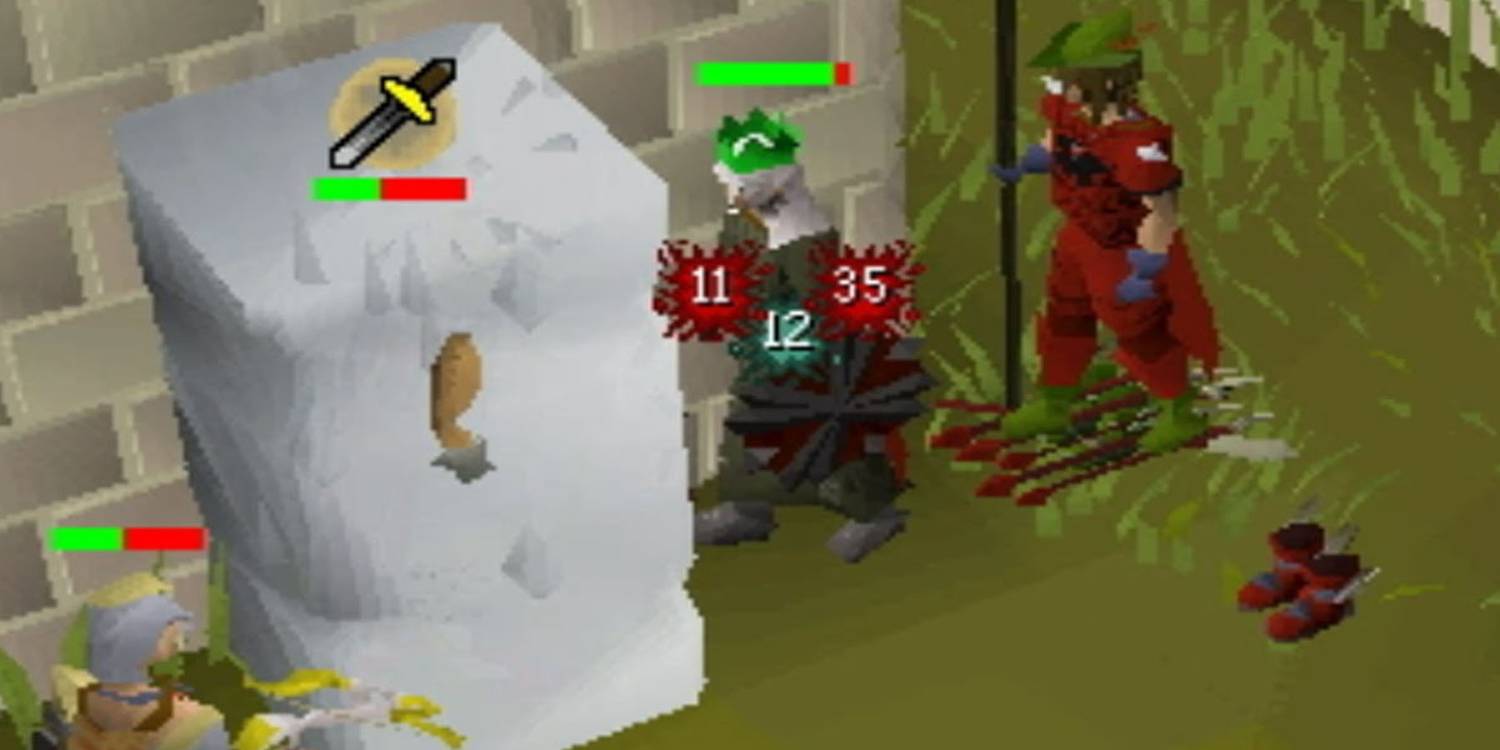
Back in 2006, the game was still investigating new RuneScape talents that could boost player immersion in the world of Gielinor, with Construction – the ability to create structures like houses – being the most recent addition. Curse You, a RuneScape player, invited people to his player-owned house to celebrate his achievement of Level 99 Construction. However, trouble began when he kicked gamers who were engaged in PVP inside his house.
Due to server slowness, the game was unable to deactivate Curse You’s prior visitors’ PVP privileges, allowing them to engage in battle in safe zones such as towns. After an hour of killing, game moderators were able to intervene, but it was too late for gamers who had perished or lost their possessions. Players who killed a large number of players during this event were banned, while Curse You himself was banned for illicit real-world RuneScape transactions. The incident had such an impact that it was renamed the Falador Massacre and celebrated its tenth anniversary in 2016. Not only that, but the occurrence was incorporated into the game’s lore.
The Twice-Killing Of Kerafyrm (EverQuest)
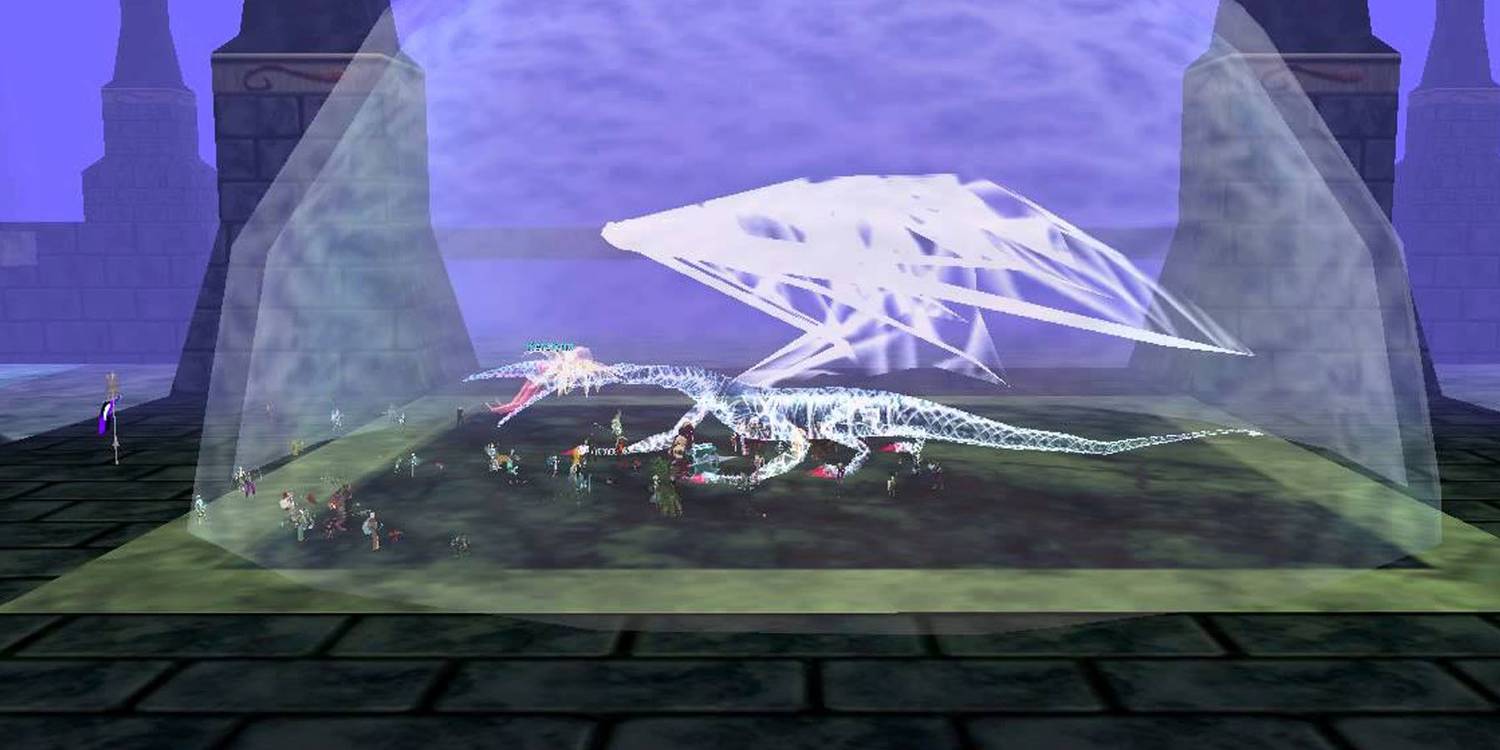
Whereas players in an MMO can go back in time using systems like World of Warcraft’s Chromie Time, EverQuest had the opportunity of crafting one-time scripted events before microtransactions. So it was with Kerafyrm the Sleeper, a boss so formidable that Sony Online Entertainment (SOE) was convinced it couldn’t be defeated. In order to further the plot, Kerfyrm was supposed to go on a rampage before leaving forever. What SOE didn’t expect was for the characters on the Rallos Zek PVP server to be so far ahead of the pack that they could really defeat Kerafyrm, breaking the game’s script.
SOE despawned Kerafyrm at 26% health, hours after engaging players, to minimise potential crashes. This sparked outrage across the community, compelling GMs to resurrect Kerafyrm days later for a real loss – and everyone’s storylines eventually progressed. Kerafyrm’s “sleeping” status was so sacrosanct that even Project 1999 Green, a fan server that limited their version of the game to two (2) expansions (of Drift Boss game’s current 29), didn’t dare break tradition. That is, until May 2022, when dissidents from the top guild “Seal Team” went undercover against their main opponents (and the rest of the server) and awoke the sleeping dragon for yet another round of killing.
Corrupted Blood Incident (World Of Warcraft)
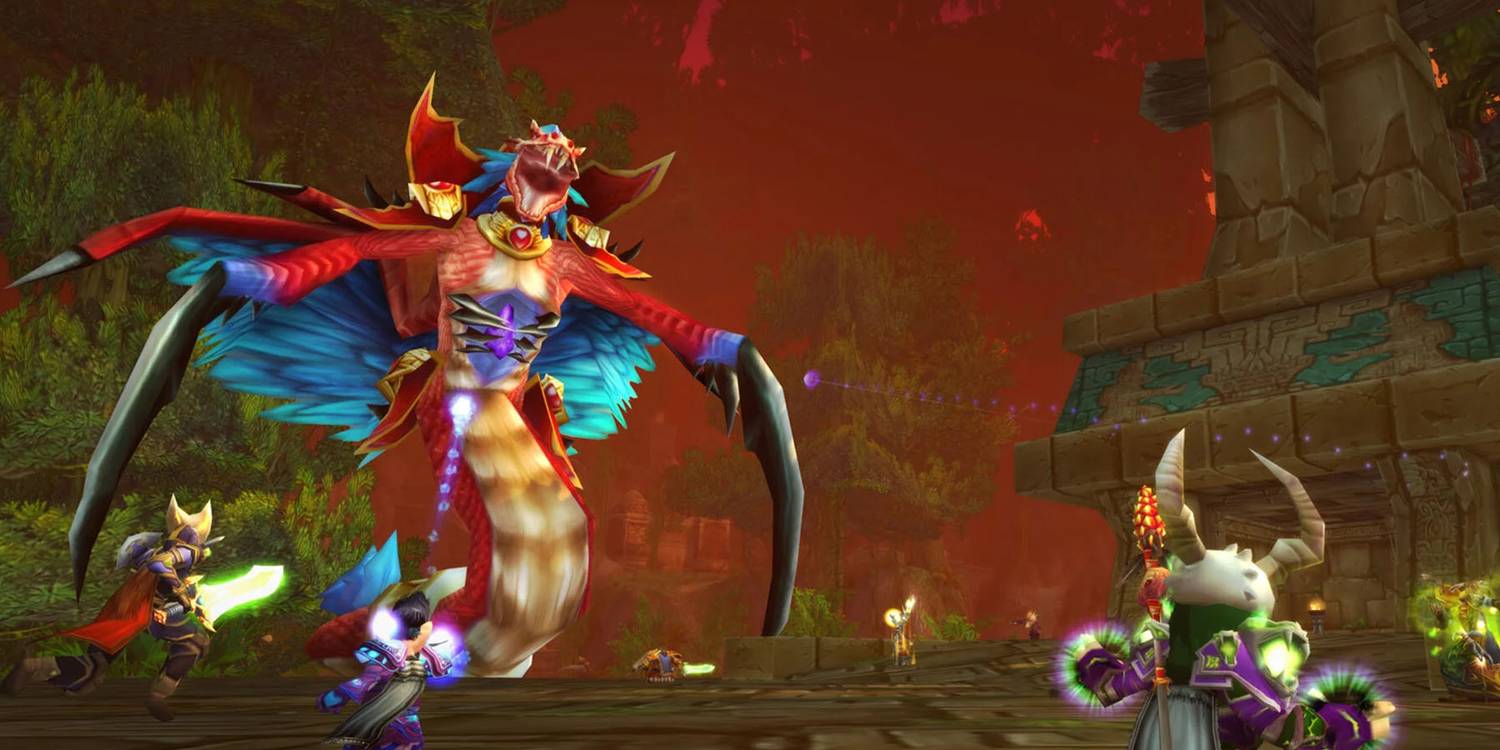
While the impact of gaming on its player base has led to studies on the influences of violence and gambling, no one expected video games to contribute to health research. That is, until 2005, when World of Warcraft introduced the jungle Zul’Gurub region and its raid boss, the god-like Loa Hakkar the Soulflayer. Prior to its removal in Cataclysm, Hakkar can inflict the Corrupted Blood debuff on players, causing them to continuously deal damage to everyone in close proximity. The debuff will be removed after 10 seconds or when Hakkar is defeated, whichever comes first. It’s natural for panic to set in for players who realised the “infectious” nature of the debuff – to the point that others fled the instance prematurely.
Not only had World of Warcraft recently added quick travel, but programmers also forgot to include an off-switch that eliminated the debuff after the instance. Things swiftly devolved into mayhem, with good-natured WoW players urging others to avoid polluted zones, while other griefers deliberately become infected in order to spread the disease. World of Warcraft needed a hard reset and a patch to fix the “plague.” Despite the flawed programming, the Centres for Disease Control and Prevention approached Blizzard to investigate the situation and determine how it could aid in the development of improved responses to rapidly spreading diseases. This Corrupted Blood episode was also used to compare disease transmissions via air travel during the 2002-2004 SARS outbreak, which a researcher linked to WoW’s rapid travel.